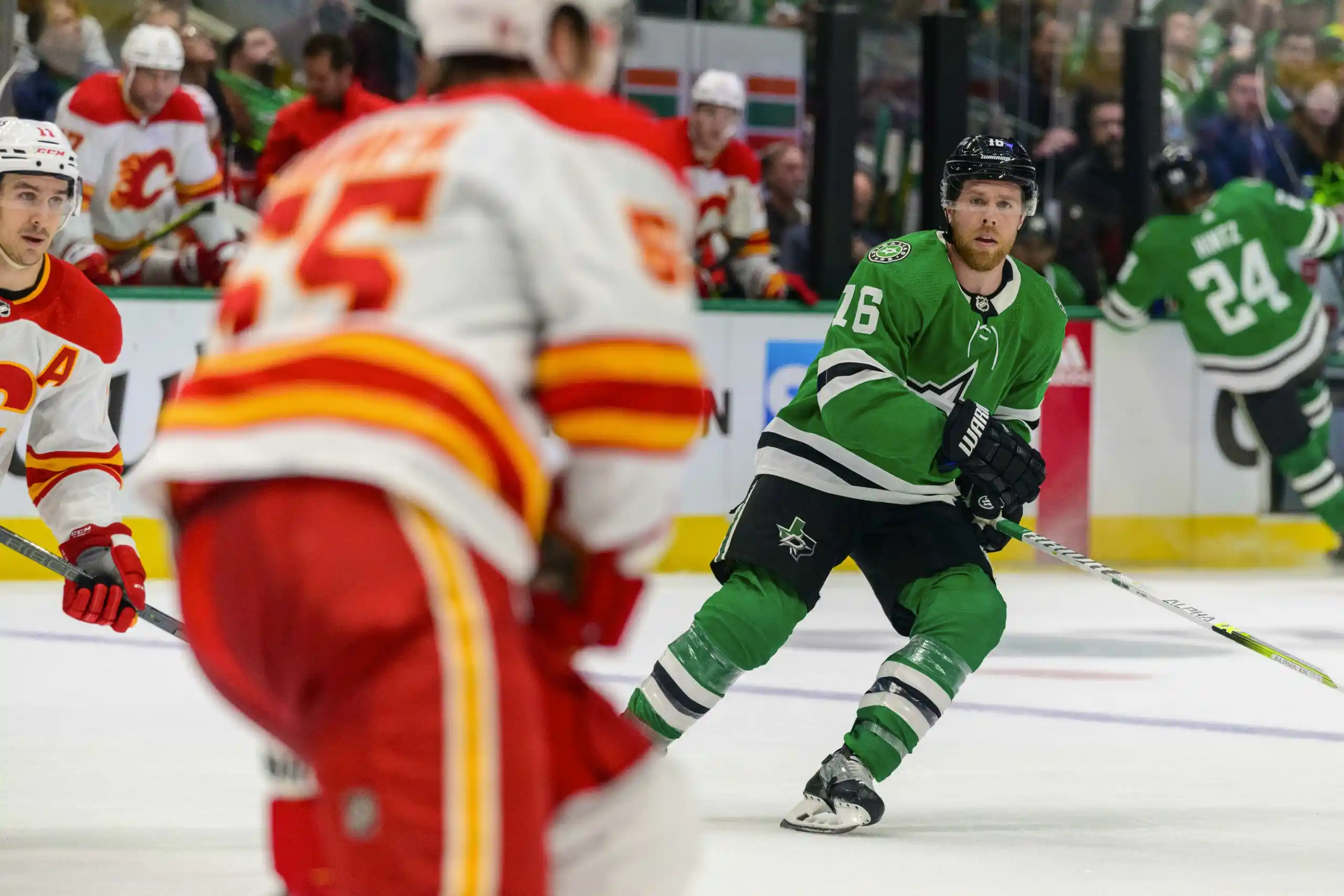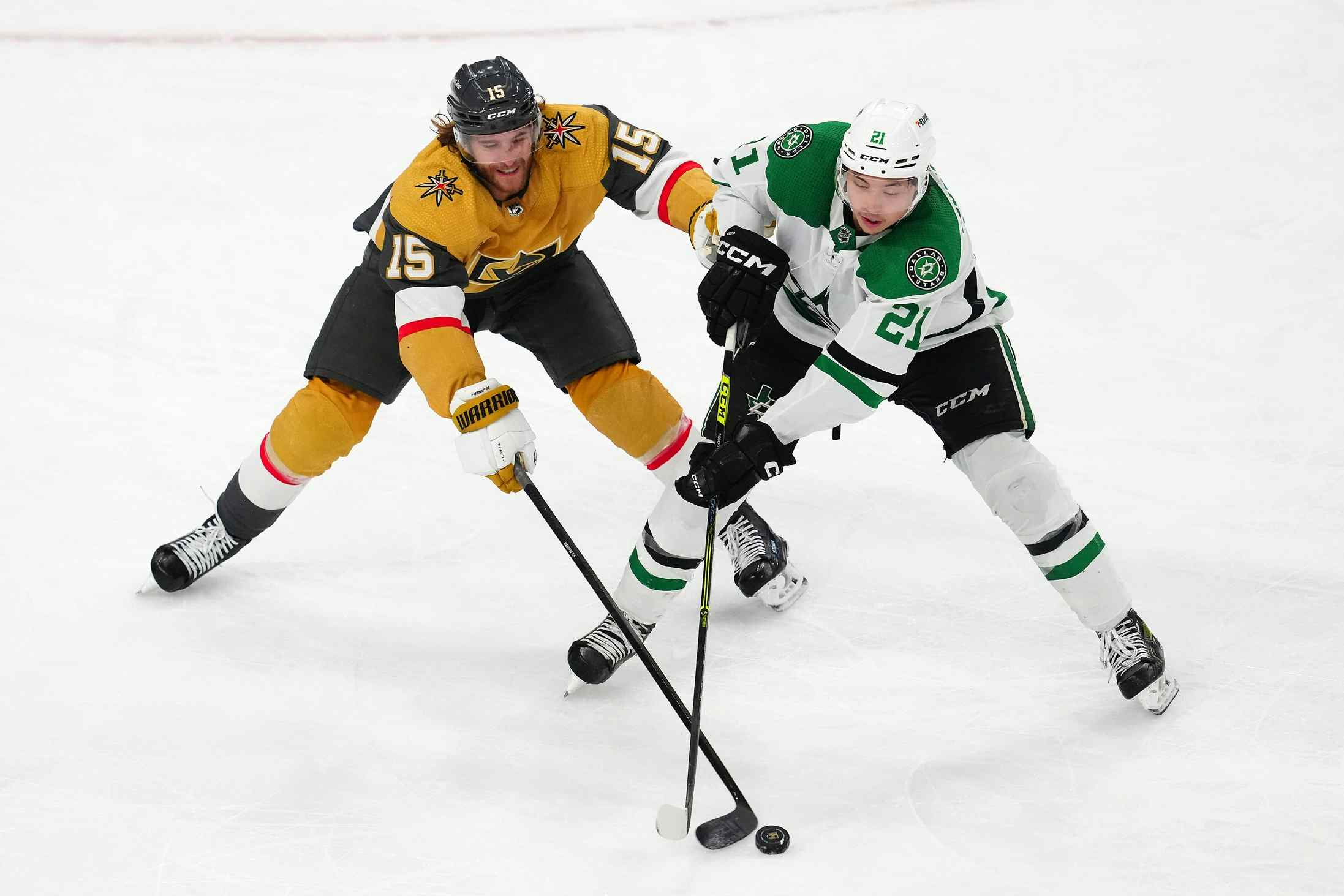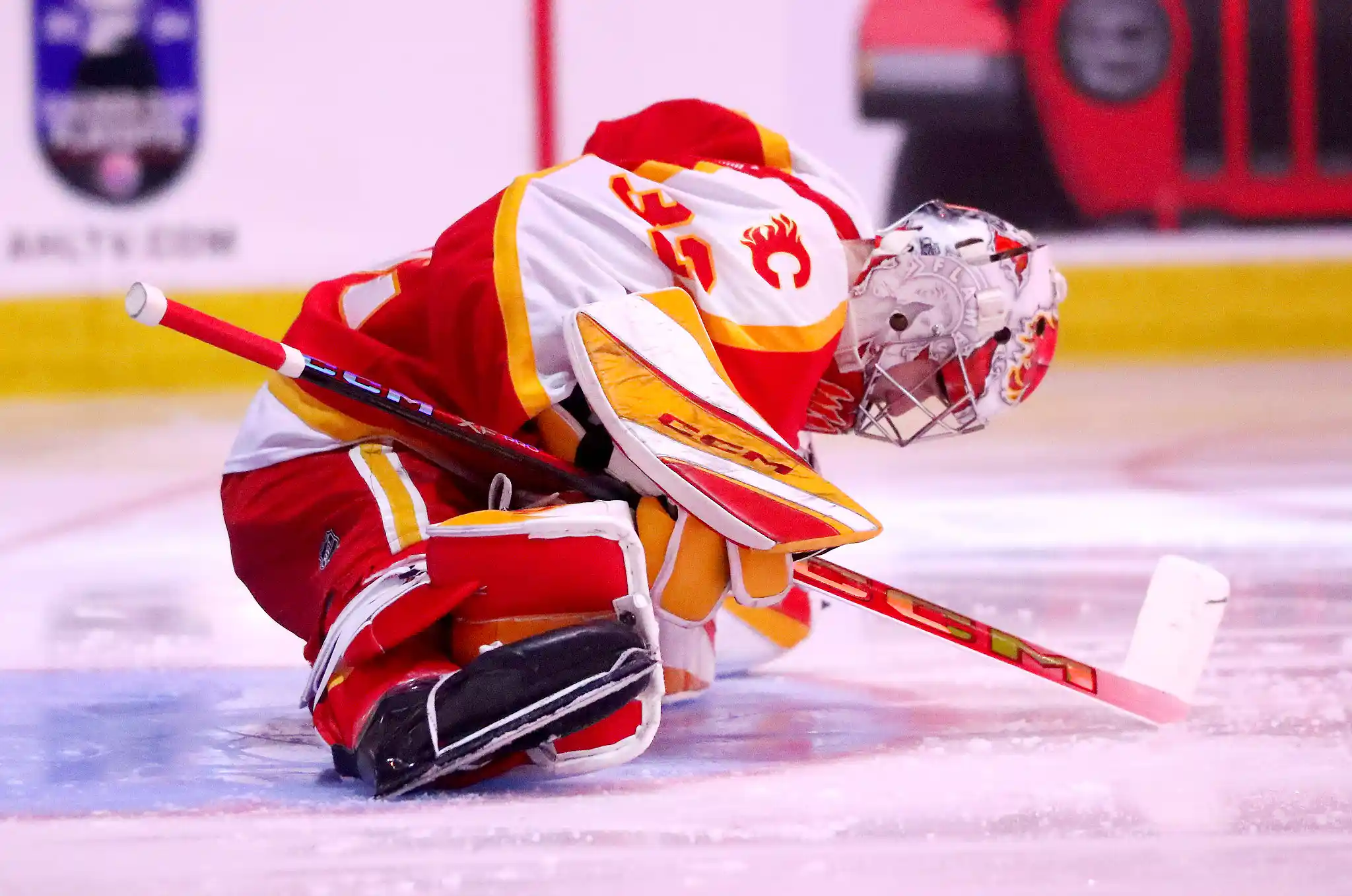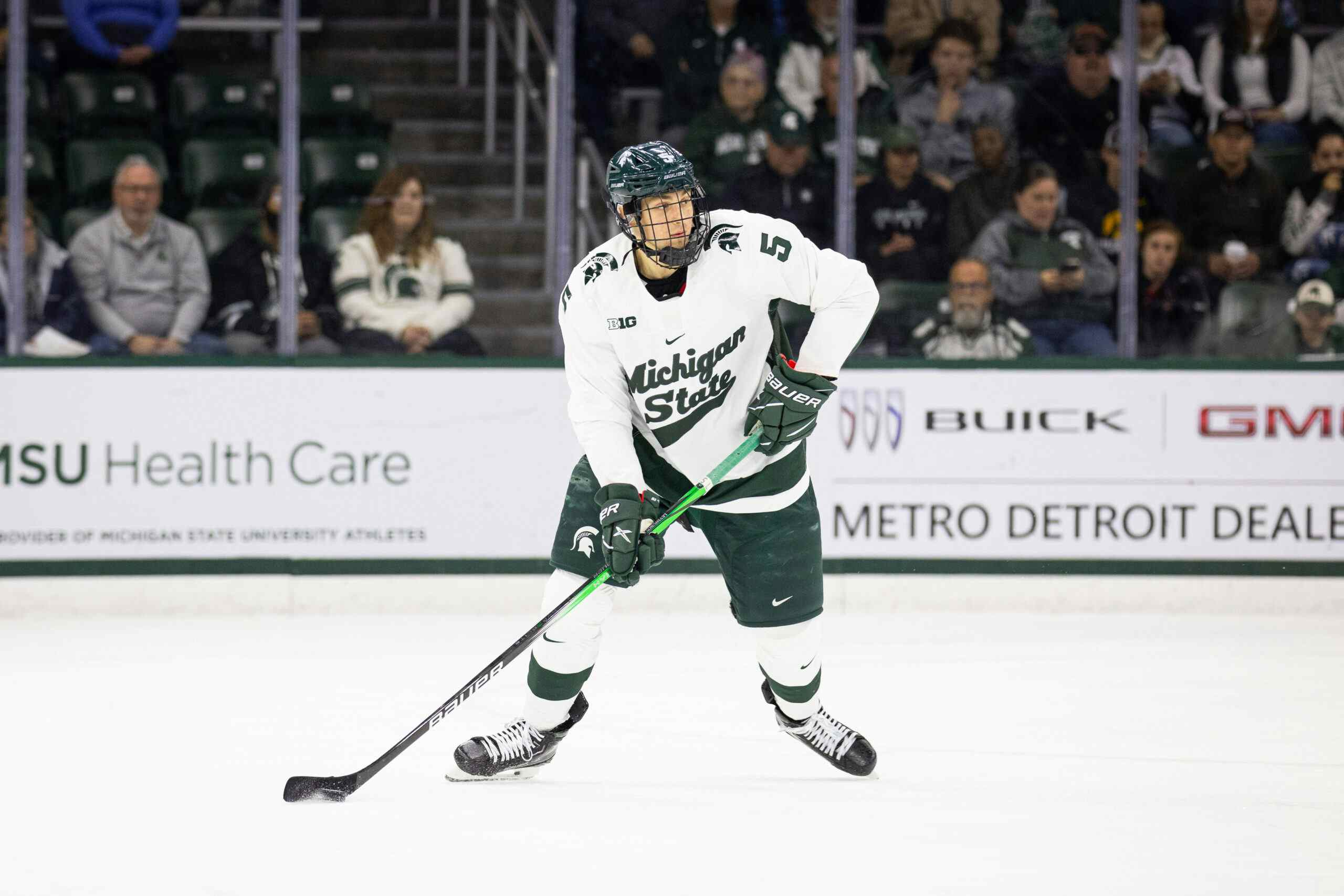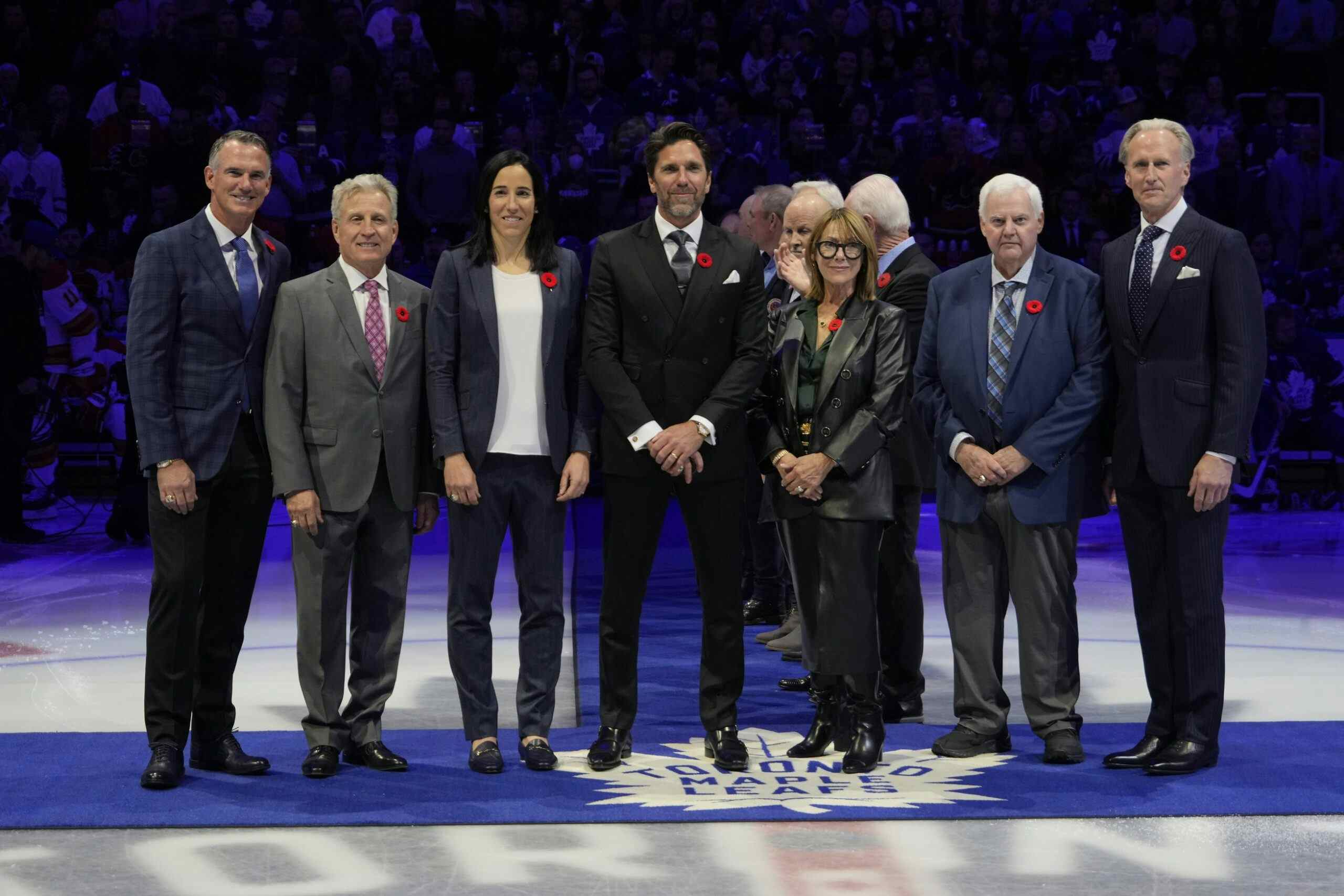Will the Flames miss Troy Brouwer?
By Kent Wilson
7 years agoWhen Troy Brouwer was signed by the Flames this summer to a four-year, $18M deal, many of us at FN were… skeptical. The conventional wisdom was the Flames needed Brouwer’s size and experience to help stabilize the forward group, but his age and underlying results suggested the club was making a bad bet.
With Brouwer out for weeks with a hand injury, now seems like a good time to evaluate the early returns on Brad Treliving’s biggest offseason UFA signing. Will the Flames be worse in absence? Or is this injury a secret boon for the club?
The truth is it’s kind of both (but mostly the latter).
The Basics
Let’s look at Brouwer’s counting stats before we get started.
In 36 games so far he’s managed eight goals and 17 points, good for eighth on the team in scoring (though he would likely be ninth if Kris Versteeg had played more than 25 games).
That’s not great given he is the third highest paid forward on the club, but it’s in line with his career average of about 40 points a season, so it’s hard to complain.
Brouwer is also averaging 17:07 of ice time per night, good for fourth highest amongst forwards.
All of this seems to suggest Brouwer is at least meeting expectations this season, but let’s dig a little deeper at even strength.
Underlying Numbers at 5on5
Here’s where things get much uglier for Brouwer.
At 5on5 this year, the only regular Flame forward who is less efficient at scoring is Lance Bouma, at 0.71 even strength points per 60 minutes of ice time. Brouwer’s 1.03 ESP/60 is 13th amongst regular Calgary skaters, even trailing guys like Matt Stajan (1.56), Alex Chiasson (1.25), Micheal Ferland (1.14) and Garnet Hathaway (1.22).
Of course, scoring is a just a portion of the game and it can fluctuate over the season based on linemates, bounces, etc. If Brouwer is helping to drive shot and chance differentials, lacklustre scoring at ES can be excused to a certain degree.
Except he’s not doing that either. Quite the opposite in fact.
Brouwer also owns the third worst corsi for (CF%) amongst Flames regular skaters at 44.32, ahead of just Bouma and Hathaway. That means the Flames get just 44% of the shot attempts when Brouwer is on the ice at 5on5.
Calgary’s shot attempts rate falls to 50.31/60 with Brouwer, while their shot attempts against balloons to 63.22/60. Meaning the Flames are outshot by over 13 shot attempts per hour when Brouwer is skating this year. That’s bad. For further context, the Flames average a CF% of 49.55, 55.25/60 for and 55.36/60 against.
What’s even more damning for Brouwer is the only guys worse than him are a couple of fourth liners (Bouma and Hathaway) who never get to see ice time with any of the Flames’ better players and who also start way more often in the defensive zone, relatively speaking:
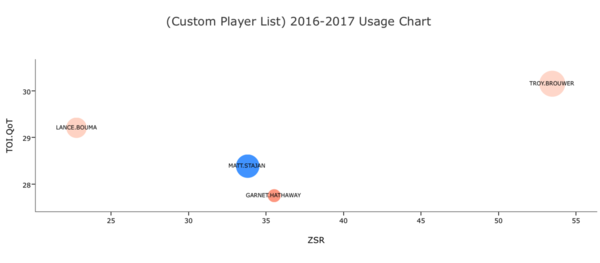
Brouwer struggles by some of the more esoteric numbers, too. According to expected goals (a model combining shot volume and shot location/quality), Brouwer sits last on the team at 38.63%. His scoring chance ratio is also a ghastly 39.47%.
In short, the Flames get pummelled when Brouwer is on the ice at 5on5. Their shot rates go down, their shots against go up and they give up way more chances than they generate. He also is grossly inefficient at producing points himself.
WOWY That’s Bad
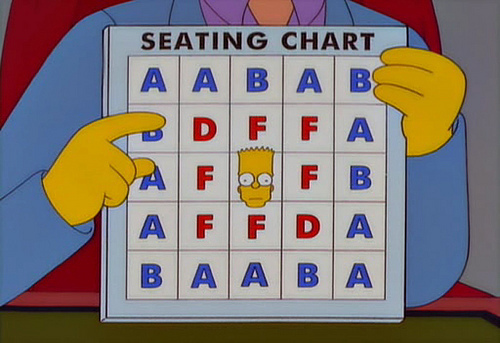
I also investigated Brouwer’s With or Without You results (WOWY) to see if his poor underlying numbers at even strength could be explained by the player being dragged down by others. Unfortunately, it’s the opposite: Brouwer’s presence has a persistent, negative effect on possession rates across the Flames roster.
| Player | With Brouwer | Without Brouwer | Delta |
|---|---|---|---|
| Monahan | 44.7 | 52.3 | -7.6 |
| Bennett | 44.3 | 51.7 | -7.4 |
| Versteeg | 42.3 | 51.6 | -9.3 |
| Gaudreau | 46.3 | 50.0 | -3.7 |
| Ferland | 45.3 | 53.3 | -8.0 |
| Tkachuk | 48.6 | 57.7 | -9.1 |
| Brodie | 43.4 | 49.4 | -6.0 |
| Giordano | 45.3 | 55.8 | -10.5 |
| Hamilton | 47.7 | 57.4 | -9.7 |
| Wideman | 42.6 | 50.5 | -7.9 |
| Engelland | 42.4 | 47.3 | -4.9 |
| Jokipakka | 45.1 | 45.0 | 0.1 |
Here we see each player’s CF% ratio with and without Brouwer. The delta column shows the positive or negative (percent) impact Brouwer has had on each guy so far. The players are arranged by position (forward or defense) and ranked by how frequently they’ve played with Brouwer this year.
As you can see, skating with the player in question almost universally craters everyone’s results. Some guys have 10 point decreases in possession, which is the difference between the best and worst teams in the league.
Here’s how this looks in graph form:

Sometimes huge swings like this can be partially explained by a player’s usage: if he’s deployed in an extreme shutdown or defensive manner, then other players’ results with him will naturally take a dive. That’s not true of Brouwer on the Flames, however. He plays a decent level of competition, but most guys you see above actually enjoy higher offensive zone deployments with him vs without him.
The conclusion when it comes to Brouwer at 5on5 this year is almost inescapable: he’s likely been the worst regular Flames forward at even strength (or at least bottom three). He drags down everyone he plays with, he hasn’t been able to score much and the club gets completely outplayed when he’s on the ice.
Powerplay Results – A Silver Lining?
Okay so that’s all surprisingly bad. But there’s at least a hint of good news.
Brouwer has been one of the Flames’ best players at 5on4. He leads the team with eight PP points and has been the most efficient player on the club at scoring at 5on4 at 4.75 PPP/60. The Flames also generate their highest shot attempts rate (98.02/60) with Brouwer on the man advantage and he boasts the highest expected goals for (6.38/60) and scoring chances for (22.59/60) on the team.
We’re only talking about 100 minutes of total ice time here so sample size alert, but at least there are arrows pointing in the right direction. If Brouwer can continue to help drive better than average results on the PP at least he can provide some value that way.
Conclusion
The early returns on the Brouwer deal are mostly discouraging for Treliving. Brouwer’s results are so bad at even strength that I suspect they have to improve over the course of the season, because he’s putting up replacement level even strength scoring and possession rates. Every forward Brouwer has played with this year has seen his shot and chance rates take a nosedive. On top of that, Brouwer is not scoring much at even strength himself.
If things don’t radically change when Brouwer returns from injury, his PP output points the way to optimal usage: as a special teams specialist who sees limited, sheltered ice time at 5on5.
Recent articles from Kent Wilson

